
Date: 21 April 2025
By Aarni Heiskanen/AEC Business
The Nordic Façade Forum unites global experts and building professionals to explore the latest innovations in construction. I spoke with one of the keynote speakers, Jochen Regenauer, Head of Strategic Projects & Business Development EMEA at Kuraray, regarding the sustainability of glass construction.
Jochen has over 20 years of experience in the glazing and construction industry, and his insights demonstrate how glass can be part of the solution, not merely the problem, in efforts to reduce the construction carbon footprint.
Making Glass Safer and Smarter
Kuraray is one of the world’s leading producers of interlayers for laminated safety glass. This consists of two or more glass panes bonded together by an interlayer, Kuraray’s specialty.
The interlayers do more than just hold glass together in case of breakage. They can improve structural performance, reduce noise, filter UV radiation, and, most importantly, help reduce the amount of material needed in façades.
“We make the glass safe,” Jochen says. “But we also make it more efficient.”
That efficiency comes largely from Kuraray’s structural interlayers like SentryGlas®, which is five times stronger and up to 100 times stiffer than conventional laminating materials. These high-performance products allow architects and engineers to use thinner glass while maintaining strength and durability.
“In some projects, you can reduce glass thickness by up to 30%,” Jochen explains. That means less raw material, lower weight, and significantly lower embodied carbon in the final product.
A Clear Path to Net Zero
Kuraray has set ambitious sustainability targets: a 63% reduction in CO₂ emissions by 2035 and full carbon neutrality by 2050. These goals apply across the company’s entire supply chain, from production to end-use.
For example, by using Kuraray’s structural interlayers in curtain walls and glass façades, developers can cut material use, reduce emissions during transport and installation, and enhance the long-term energy performance of buildings.
Thinking Beyond the Pane
Glass production is notoriously energy-intensive. So, how can it be sustainable?
Jochen sees two major strategies. First, there’s the development of low-carbon glass through better recycling and manufacturing techniques. Several glass manufacturers are already experimenting with glass made from recycled cullet and alternative energy sources.
However, recycling laminated glass remains challenging. Jochen explains that the outcome may not meet the highest standards set by the glass industry and architects.
Second, and more effectively in the short term, is smart design. It’s about using the right glass in the right place. Structural interlayers allow you to downsize without compromising performance.
Retrofitting with Glass
Europe is gearing up for a massive wave of energy retrofits driven by new EU regulations to improve existing buildings’ performance. Can glass play a role in the endeavor?
Modern glass with advanced coatings can significantly improve thermal performance. It’s not just about new builds; glass is critical in upgrading our old building stock, too.
Jochen also points to “second-skin” façade systems, popular in Central Europe, as a growing retrofit trend. These double façade systems add a ventilated glass layer over existing walls, boosting insulation and reducing energy demand without replacing the original façade.
What’s Next in Glass Innovation?
Jochen is excited about the future. He sees potential in functional glazing; glass that adapts to environmental conditions without electricity, enhances comfort, and improves indoor well-being.
Jochen predicts that we’ll also see more hybrid buildings using timber and glass, especially in the Nordics, which are leading the way in sustainable design.
New design approaches also push toward more minimal, efficient façades with less aluminum, fewer framing elements, and more focus on recyclability and disassembly. Some clients in the Middle East are already requiring that stadium façades be fully dismantled and reused after use, a model that could influence global trends.
A Durable Future for Glass
Despite the challenges, Jochen sees glass remaining central to future construction. We’re not stopping building; glass will still be a key part of that, especially when it’s done sustainably.
As urbanization continues and new regulations push for energy efficiency, structural glass with smart interlayers offers a promising path forward. It reduces material use, cuts emissions, and enhances durability without sacrificing the design freedom architects value.
And in Jochen’s view, that’s the ultimate goal. Sustainability isn’t just about saving energy. It’s about building better for the long term.
Learn more about the Nordic Facade Forum 2025 and register for the in-person event on June 9, 2025, in Helsinki, Finland, at gii.fi.
 600450
600450

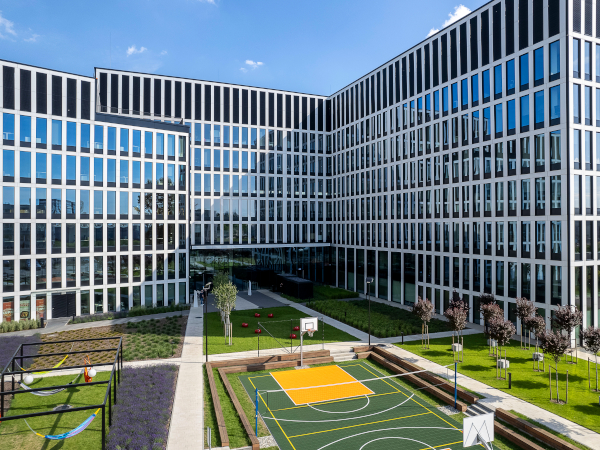


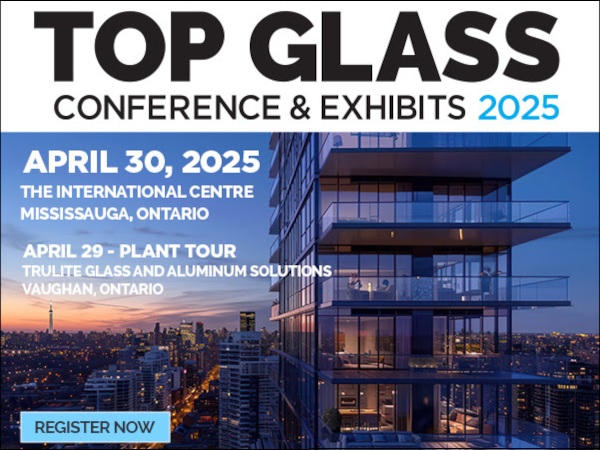





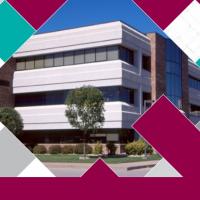
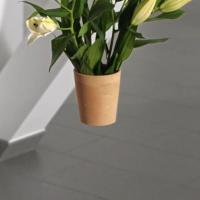
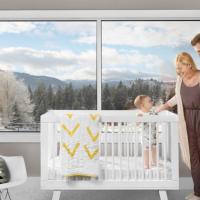
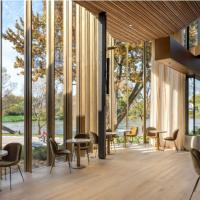
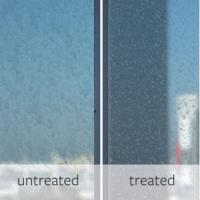
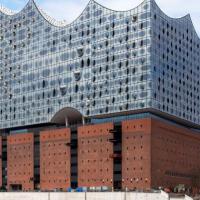
Add new comment